A soakaway drain is primarily used to manage excess rainwater and prevent surface water accumulation. Typically, it consists of a large hole or pit where water flows in from a drainage system or guttering. The water then seeps gradually into the surrounding soil, reducing the risk of flooding and improving ground stability while ensuring proper drainage. Soakaway crates have become the go-to solution in recent years due to their efficiency and durability. Unlike older methods involving loose rubble, crates offer a significantly higher void ratio—often around 95%—allowing more water to be stored effectively without clogging. This makes them far more reliable and long-lasting. To explore various crate options, click here. Below is an illustrative diagram showing how a soakaway drain using crates functions. Rainwater runs off the roof into gutters, down the downpipe, through a gully, and into the crate system after passing through a silt trap to filter out debris. The clean water then permeates the surrounding soil. Before designing your soakaway system, it's vital to conduct a percolation test. Certain soil types, such as heavy clay or areas with a high water table, may not be suitable for soakaways. Either hire a professional to perform this test or follow our guide to do it yourself. Installing a soakaway in unsuitable ground could result in wasted time and money if the soil lacks porosity. Therefore, this step is essential. To determine the correct size of a soakaway drain, you'll need to calculate based on the roof pitch and area. Detailed instructions on how to do this can be found below the product descriptions on our soakaway crates page. This will help estimate the volume of water you need to handle. Before digging, ensure you avoid hitting any underground utilities such as pipes or cables. Accidentally damaging these can be hazardous and costly to repair. Soakaway systems should be installed at least five meters away from any buildings, roads, or boundaries. The distance may need to be greater depending on slope conditions. Additionally, if the soakaway is part of a new construction or extension project, it must be included in the building plans. Start by marking the excavation area with spray paint or similar markers. Also, outline the trench for the inlet pipe. After marking, carefully dig the area, leaving enough space for a 150mm base and 10mm pea gravel sides and backfill. If the soakaway will be in high-traffic areas or subject to heavy loads, it should be installed at a deeper depth to accommodate additional top cover. During excavation, remove rocks, roots, and other debris to ensure the crates sit evenly and avoid damage. The crates must be thoroughly wrapped in a non-woven geotextile membrane, such as our Lotrak 100 product, to prevent silt and debris from entering the system. Once the hole is dug, add a pea gravel base and lay the geotextile in the hole. Place the crates in the hole and wrap the geotextile completely around the crates and the inlet pipe. Secure the geotextile with tape to prevent unwrapping. Proper wrapping ensures the crates remain functional throughout their lifespan. As mentioned earlier, one of the primary concerns when installing a soakaway is keeping the system free of debris. A silt trap can further reduce this risk by collecting incoming water and allowing heavier debris to settle at the bottom. Clean water then flows out of the trap and into the system. The trap has a removable lid for periodic cleaning of the internal silt bucket. This helps maintain system efficiency and prolongs its lifespan. The easiest way to install the inlet pipe is often to lay it over the top of the soakaway tank and wrap it securely in geotextile membrane. Some crates come with pre-marked cutouts that can be removed with a hole saw or simply pushed out. If entering the pipe from the side, mark the geotextile for easy access later. Ensure other entry points face inward when working with multiple crates. In some cases, the pipe can be pushed directly against the crate side. In this scenario, ensure the pipe is well wrapped in geotextile to prevent debris from entering. Once the system is in place, the inlet pipe is installed, and everything is wrapped in geotextile, add the side and backfill material. Generally, 10mm or 20mm pea gravel is recommended. This stabilizes the crates and allows water to drain efficiently. After covering the sides, back, and top with 150mm of pea gravel, add the topsoil—usually a minimum of 400mm. For areas with heavy traffic, additional topsoil and cover may be needed to enhance strength and load resistance. Want to see us install some crates? Check out our video! The choice depends on the location of the system. For residential settings, our geocell crates are the most popular due to their affordability. They come in kits ideal for garden drainage or extensions. For installations under roads or parking areas, consider crates with higher load resistance, such as the Brett Martin Stormcrate 55’s. If you know the required capacity or the cubic meters of water to hold, give us a call, and we’ll help you select the right crates and quantities. We stock a wide range of these products, and our knowledgeable team is always ready to assist. Author Bio Nathan has over 12 years of experience in the drainage and plastics industries. With expertise gained from working at both builders' merchants and major manufacturers, Nathan now focuses on simplifying tradespeople’s lives at EasyMerchant.  Terram T1000 Non Woven Geotextile Membrane – Custom Size Soakaway Crate Kits Polystorm – Includes Geotextile and Tape! Waterproof Tape for Geotextile Membrane 50m X 50mm Polypipe Polystorm Soakaway Crate / Attenuation Cell – PSM1A Hydrocell Soakaway Crate 62 Ton Silt Trap 320mm Including Bucket and Lid PVC Flange Adapter for Attenuation TanksWhat is a soakaway drain?
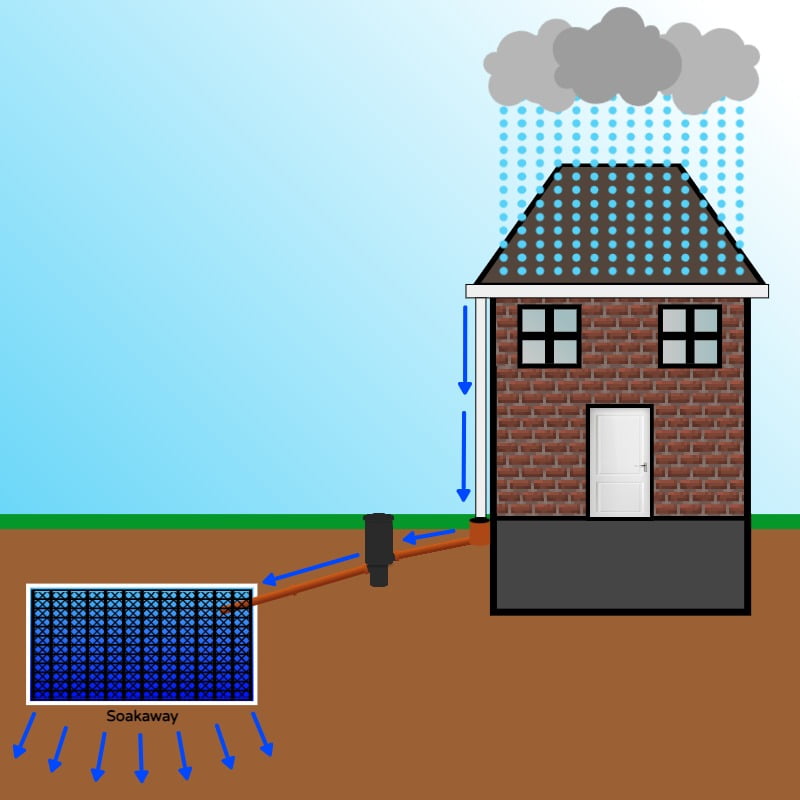
Considering a soakaway drain? You need to do this first:
A percolation test.
A roof pitch calculation.
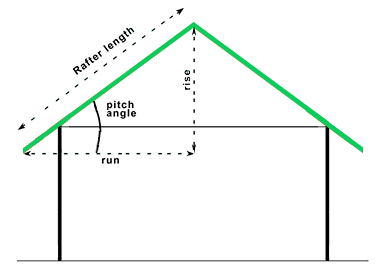
Check for buried pipes, cables or other dangers.
Planning permission and regulations.
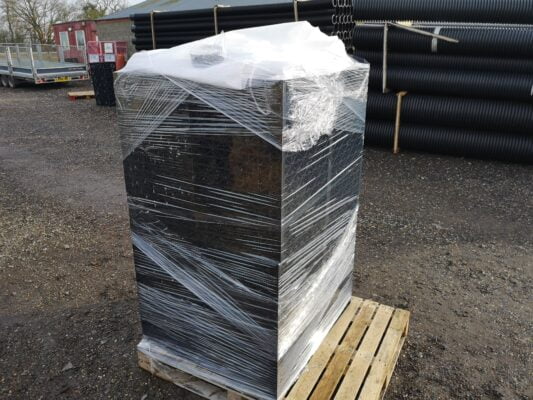
Preparing for installation.
Installation Considerations
Ensure crates are wrapped in non-woven geotextile membrane.
Install a silt trap.
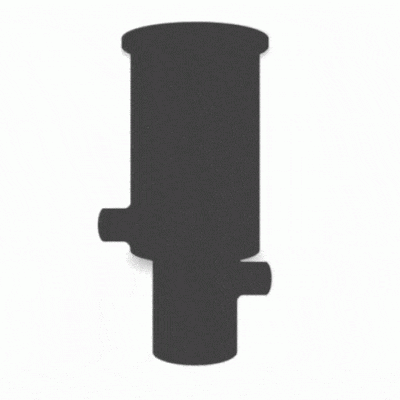
Side and back fill.
Installation video:
Which systems do you recommend?
Nathan Wilde
Shop Soakaway Crates
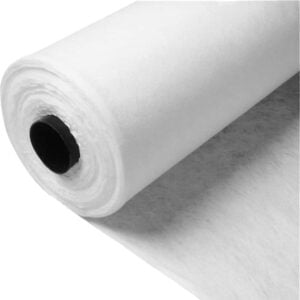
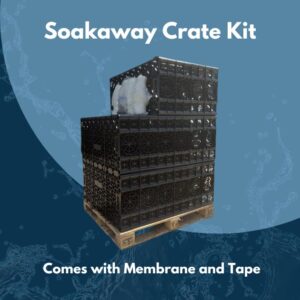
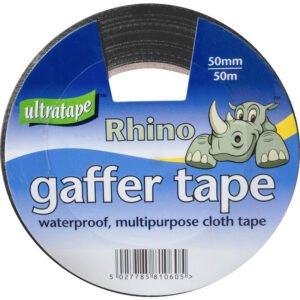
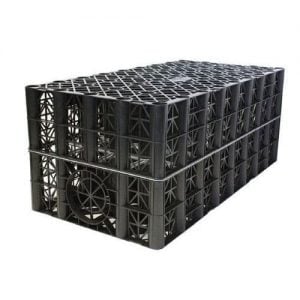
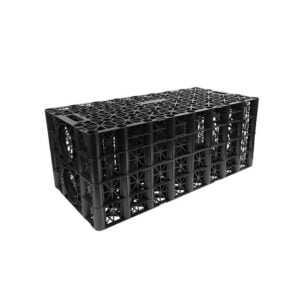
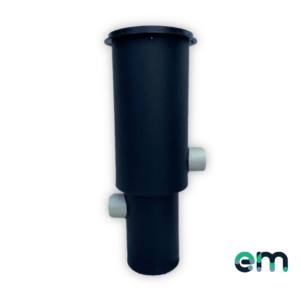

Are you thinking of installing a soakaway drain? Top tips and advice.
Sale!
(82)
From £15.54 Excl. VAT
Select options
(28)
From £228.03 Excl. VAT
Select options
(8)
£5.60 Excl. VAT
Add to basket
(7)
£35.83 Excl. VAT
Add to basket
(1)
£31.67 Excl. VAT
Add to basket
Out of stock
(1)
£281.77 Excl. VAT
Read more
Out of stock